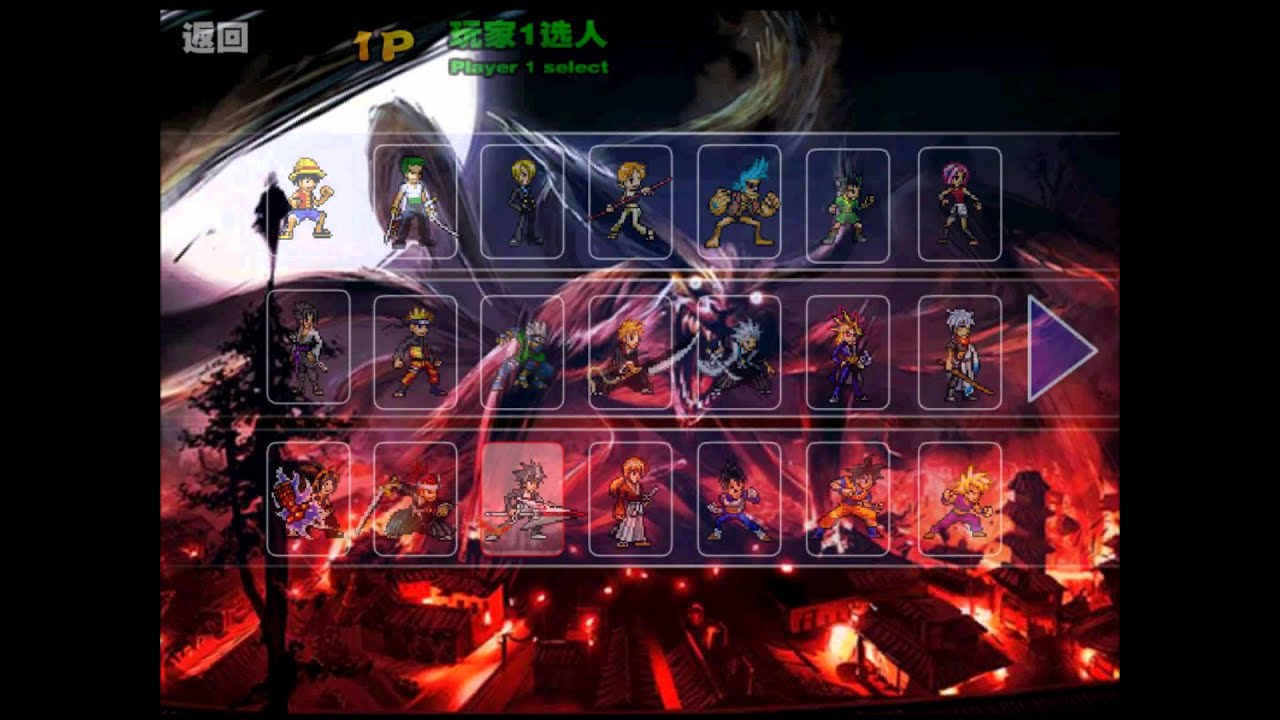Auvio Usb To Hdmi Adapter For Mac
Mac computers that have any of the following ports can connect to HDMI devices. Learn how to identify the ports on your Mac.
Simply connect the adapter to a USB-C or Thunderbolt 3 (USB-C) port on your Mac or iPad and then to your TV or projector via an HDMI cable (sold separately). Use the standard USB port to connect devices such as your flash drive or camera or a USB cable for syncing and charging your iOS devices.
Auvio Usb To Hdmi Download
- Auvio usb/hdmi pc to tv adapter drivers Download file Brand new auvio radio shack usb pc to hdmi tv adapter nib. After that, check to see if windows can detect your tv. Insten 11-pin micro usb to hdmi mhl cable adapter for samsung galaxy. Startech usb32dp4k displayport adapter.
- I need to download the software cd to the AUVIO USB HDMI PC TO TV ADAPTER I lost my cd can’t find it anywhere. Can you guide me to the correct sight please system closed September 13, 2018, 2:02pm.
- Connect the USB-HDMI adapter to your main device (laptop, computer, or smartphone). Connect the HDMI to the adapter. The HDMI should already be connected to an external display. Switch the external display source back to HDMI. Update or Rollback Windows. Windows 10 has been having issues going a long time back. With each new update come.
- HDMI port: Connects directly to HDMI using an HDMI cable.
- USB-C or Thunderbolt 3 (USB-C) port: Connects to HDMI using an adapter, such as the Apple USB-C Digital AV Multiport Adapter.
- Mini DisplayPort: Connects to HDMI using a third-party Mini DisplayPort to HDMI adapter or cable.


Mac computers that have an HDMI port comply with HDMI 1.4b and support:
- At least 1080p video over HDMI, and some Mac models support higher resolutions when connecting to 4K displays, 5K displays, and Ultra HD TVs
- 8-channel/24-bit audio at 192kHz, Dolby Surround 5.1, and traditional stereo
- HDCP-encrypted playback from iTunes and QuickTime Player (version 10). Safari in macOS Sierra or later also supports HDCP-encrypted playback, if the web page is HTML5-enabled and the content is FairPlay Streaming-enabled and delivered using Media Source Extensions or HTTP Live Streaming.

If using an adapter, check the specifications of the adapter to learn about supported resolutions and other details.
After making the connection
If your Mac doesn't recognize your HDTV, display, or other HDMI device after making the connection:
- Turn off the HDMI device while your Mac is turned on.
- Unplug the HDMI cable from your Mac, then plug it in again.
- Turn on the HDMI device.

If the video on your HDTV or display extends beyond the borders of the screen, open Displays preferences and adjust the Underscan slider for a better fit. Use any of these methods to open Displays preferences:

- Choose Apple () menu > System Preferences, then click Displays.
- Press Shift-Command-A to open the Applications folder. Then double-click System Preferences, then click Displays.
- If your keyboard has brightness controls, press Option–Brightness Up or Option–Brightness Down.
If your HDMI device isn't receiving audio from your Mac:
- Choose Apple menu > System Preferences, then click Sound. In the Output pane, make sure that your HDMI device is selected.
- If you're connecting using a Mini DisplayPort adapter, make sure that your Mac can send audio over Mini DisplayPort.
- If you're connecting from a Mac mini, unplug any audio device that is plugged into your computer's Audio-Out port.
If your Mac goes to sleep while a video is playing or paused, you might see an HDCP error. Quit the app that is playing the video, then open the app again. If the issue continues, choose Apple menu > System Preferences, then click Energy Saver and adjust the settings so that your display doesn't turn off.
Auvio Usb To Hdmi Adapter Driver Mac
Learn more
Auvio Usb To Hdmi Software
- If your Mac has an HDMI port, you can use the Apple HDMI to DVI Adapter to connect to a DVI display.
- Mac computers don't support using CEC (Consumer Electronics Control) to control HDMI devices.